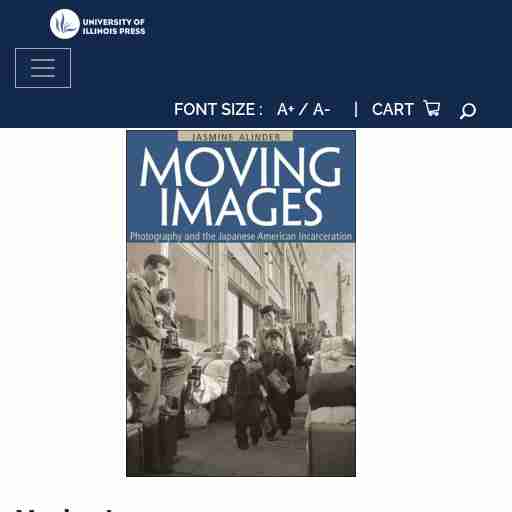There are moments in life that we want to cherish forever. From weddings and birthdays to graduations and anniversaries, these special occasions deserve to be captured in the best way possible. That's where moving images videography comes in.
Moving images videography is a type of videography that captures motion and sound through video recording. It creates a visual narrative that tells a story, capturing every moment from start to finish. Whether it's a wedding or a corporate event, moving images videography ensures that every detail is captured and preserved for years to come.
There are many benefits to using moving images videography for your special events:
The process of moving images videography begins with a consultation with the client. During this consultation, the videographer will discuss the event's details and what type of video is expected. This discussion includes the location, event schedule, number of guests, and other relevant information. Once all of these details are ironed out, the videographer will create a plan to capture every moment.
On the day of the event, moving images videographers arrive early to set up their equipment and prepare for filming. They work closely with other vendors such as photographers and event planners to ensure that everything runs smoothly. During filming, they use professional cameras and audio equipment to capture every moment from different angles.
After filming is complete, moving images videographers edit the footage into a cohesive story that captures all of the important moments from your special day. They use high-quality editing software to add music tracks, sound effects, titles and other elements that make your video unique.
Moving images videography isn't just for personal events; it's also an effective tool for businesses. It can be used to create promotional videos, training videos or even product demos. Videos are an engaging way to communicate with customers or employees and can help you stand out from your competitors.
For example:
Moving images videography is a powerful tool that captures life's precious moments. Whether it's a personal event or a business need, moving images videography ensures that every detail is captured and preserved for years to come. It provides an immersive experience that allows you to relive those special moments over and over again.
If you're looking for professional moving images videography services, contact us today to learn more about how we can help you capture your special moments.
---
---

May 12, 2022 ... I have just started video editing and I want to put "sliding" comic book panels on my video. How do you do that? I use Shotcut video editor. You've been blocked by network security. To continue, log in to your Reddit account or use your developer token If you think you've been blocked by mistake, file a ticket below and we'll look into it.

Moving Images. Photography and the Japanese American Incarceration. Author: Jasmine Alinder. An in-depth analysis of photography during the Japanese ... Photography and the Japanese American Incarceration An in-depth analysis of photography during the Japanese American incarceration during World War II Series: The Asian American Experience When the American government began impounding Japanese American citizens after Pearl Harbor, photography became a battleground. The control of the means of representation affected nearly every aspect of the incarceration, from the mug shots criminalizing Japanese Americans to the prohibition of cameras in the hands of inmates. The government hired photographers to make an extensive record of the forced removal and incarceration but forbade Japanese Americans from photographically documenting the conditions of the camps or any aspect of their lives. In this insightful study, Jasmine Alinder explores the photographic record of the imprisonment in war relocation centers such as Manzanar, Tule Lake, Jerome, and others. She investigates why photographs were made, how they were meant to function, and how they have been reproduced and interpreted subsequently by the popular press and museums in constructing versions of public history. Considering such factors as artistic intention, institutional deployment, critical interpretation, and popular reception, Alinder provides calibrated readings of the photographs from this period. She uncovers the tension between Dorothea Lange's moving and critical images of the camps and the War Relocation Authority's blindly positive captions. She also analyzes Ansel Adams's attempt to combat negative war propaganda through humanizing photographs of Japanese Americans and locates the limits of such a counternarrative in the midst of a national mobilization against Japan.

Sep 12, 2020 ... It looks a bit laggy and jumpy , hard to explain but just not smooth. does it have to do with just pure FPS or will it require the editor (myself) to just add ... You've been blocked by network security. To continue, log in to your Reddit account or use your developer token If you think you've been blocked by mistake, file a ticket below and we'll look into it.